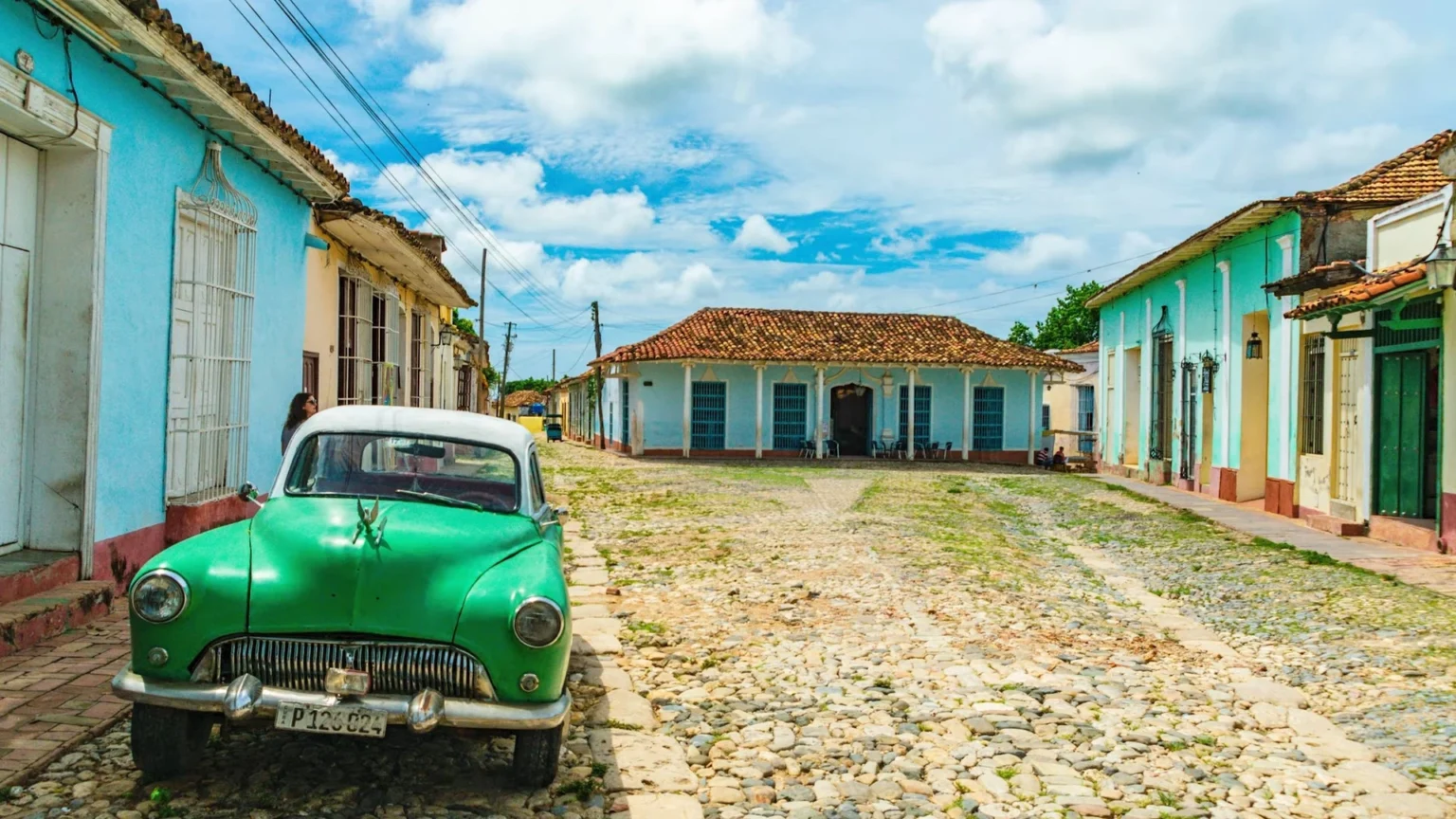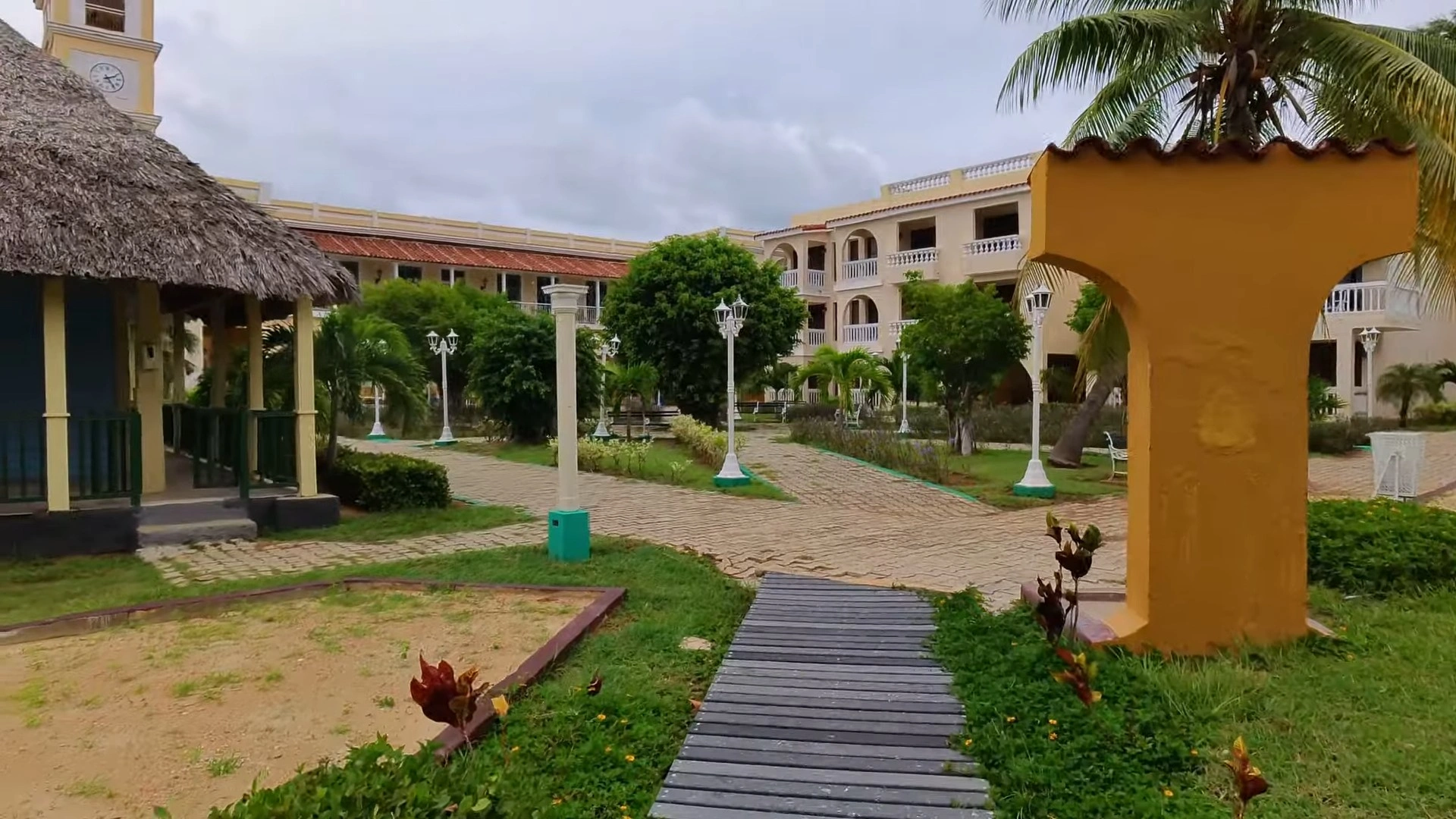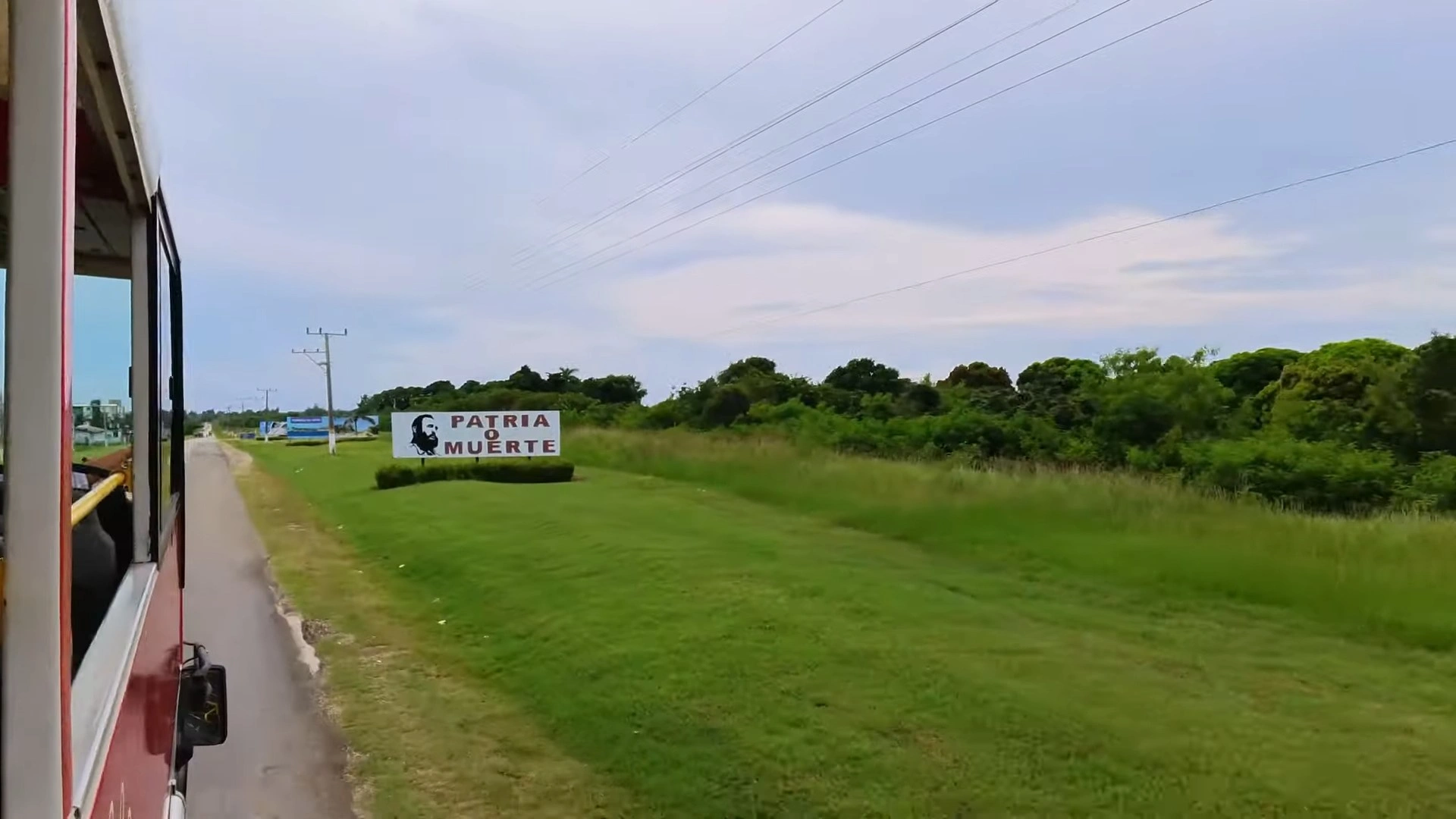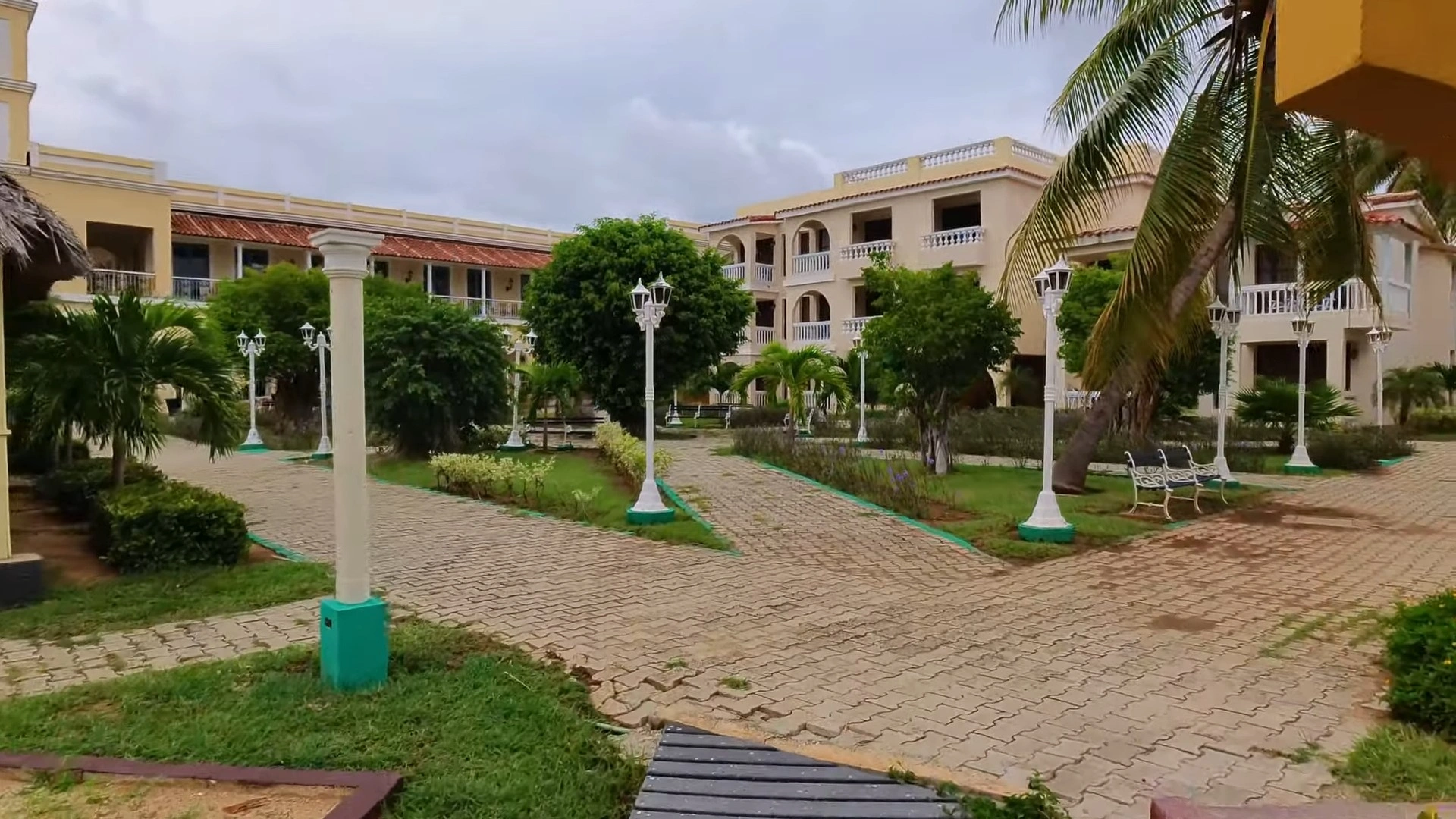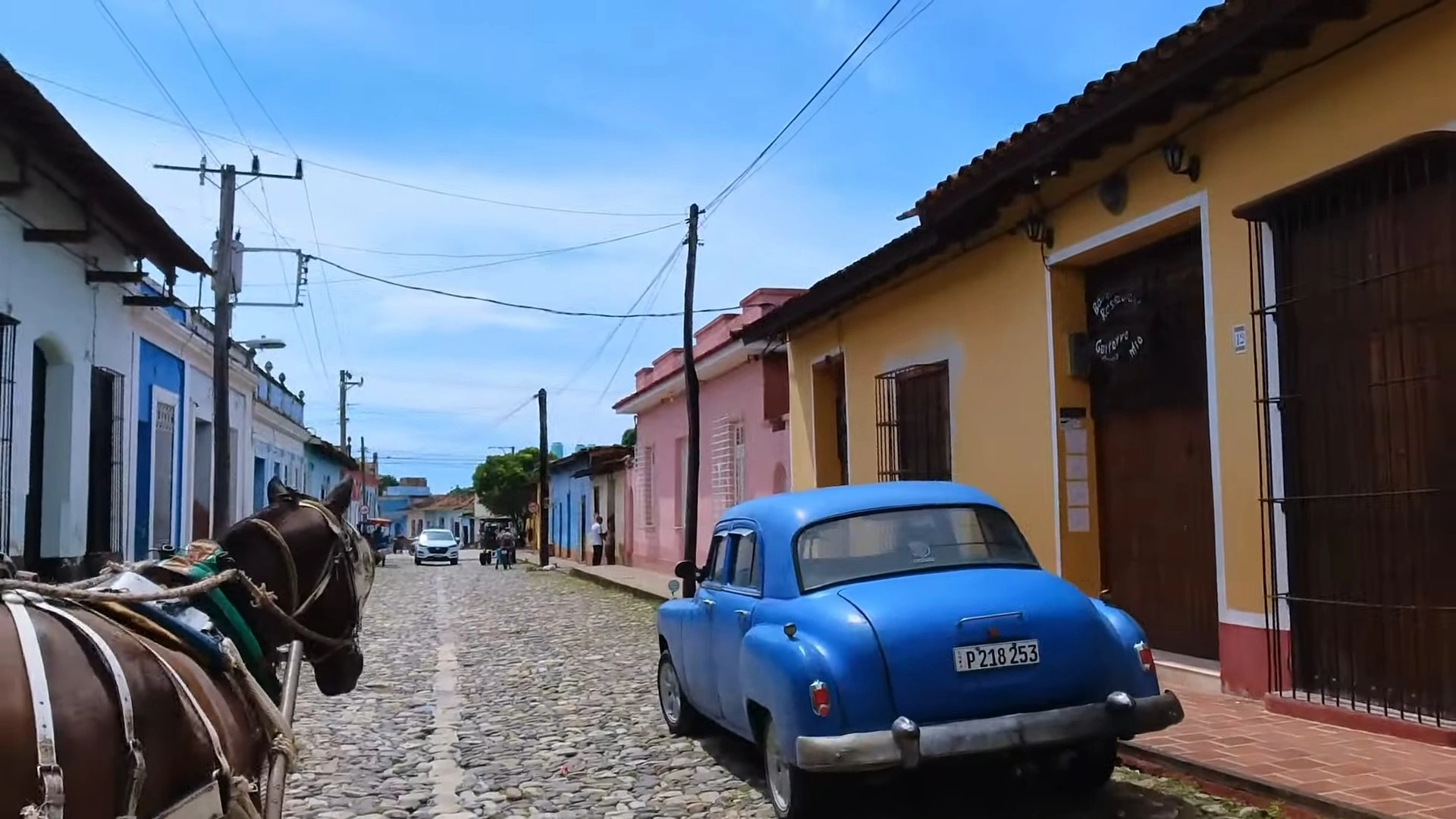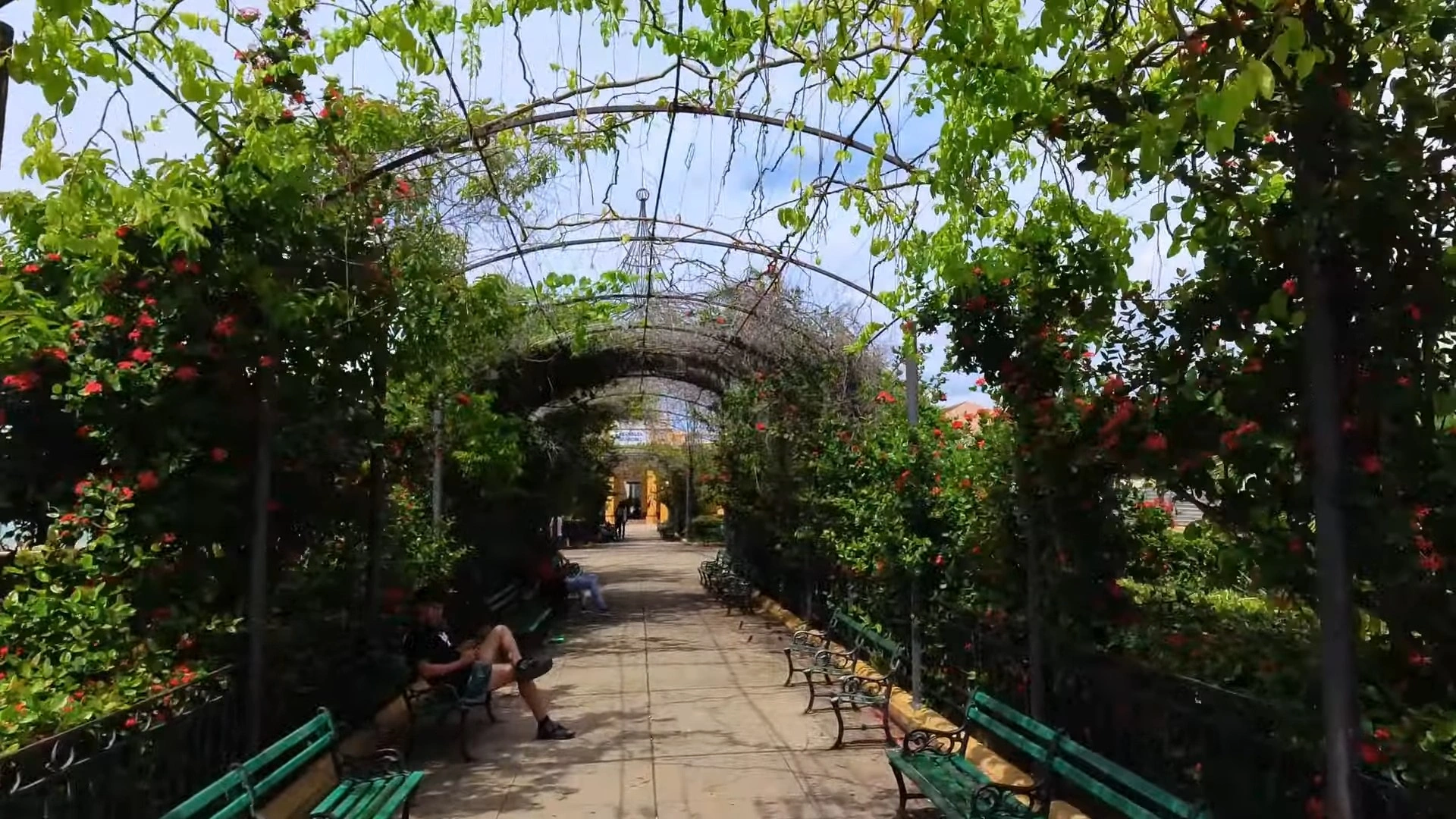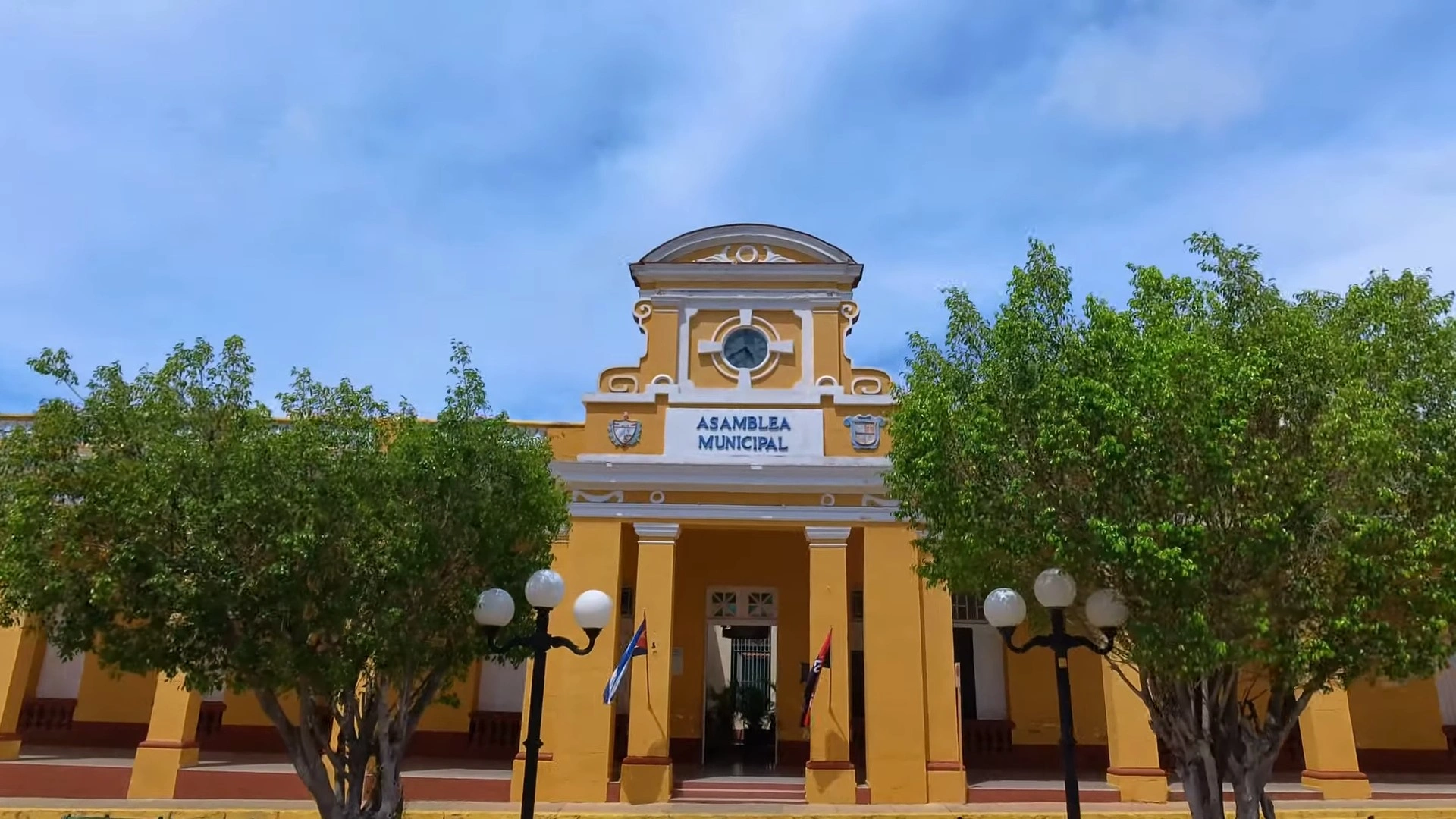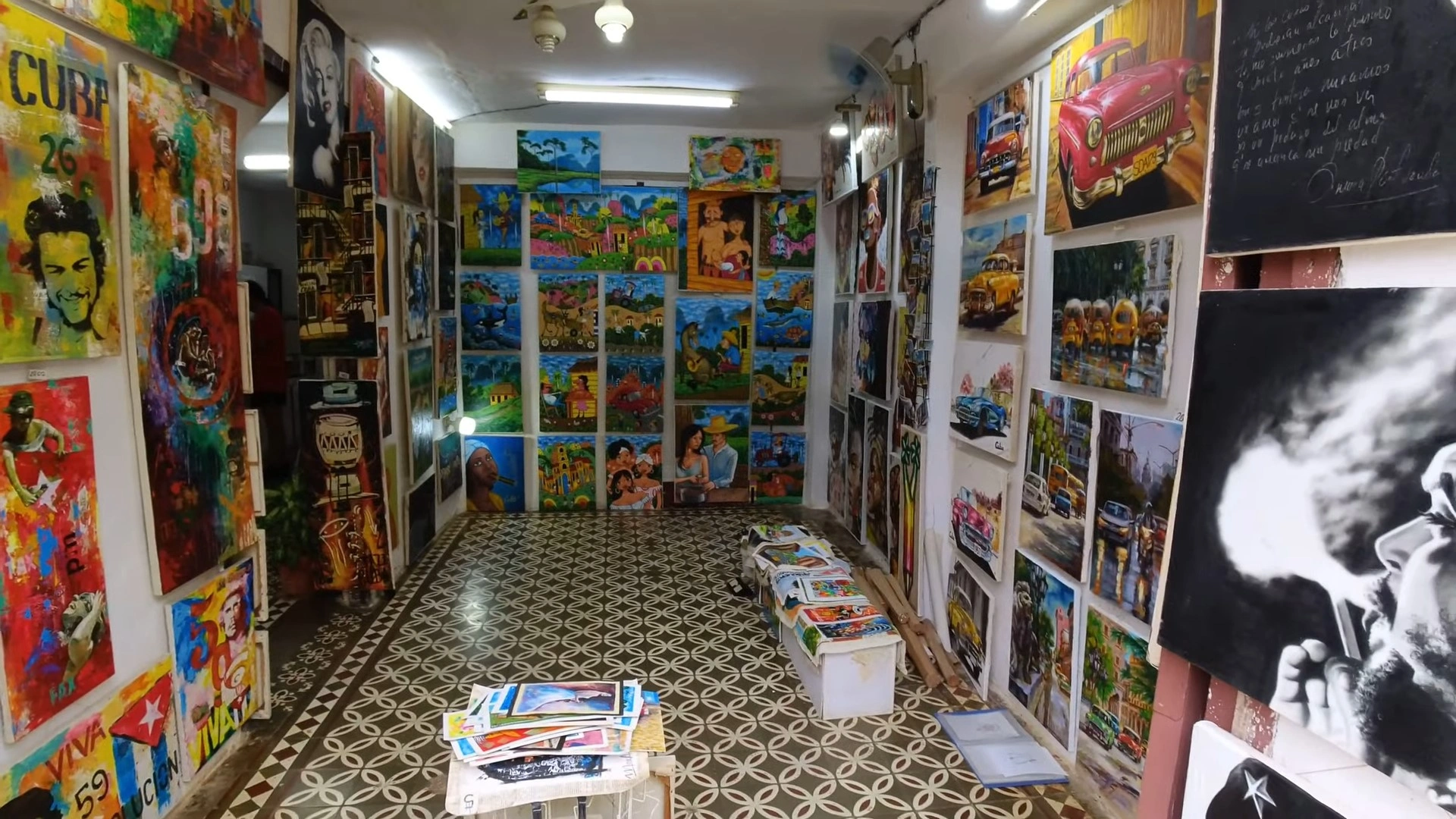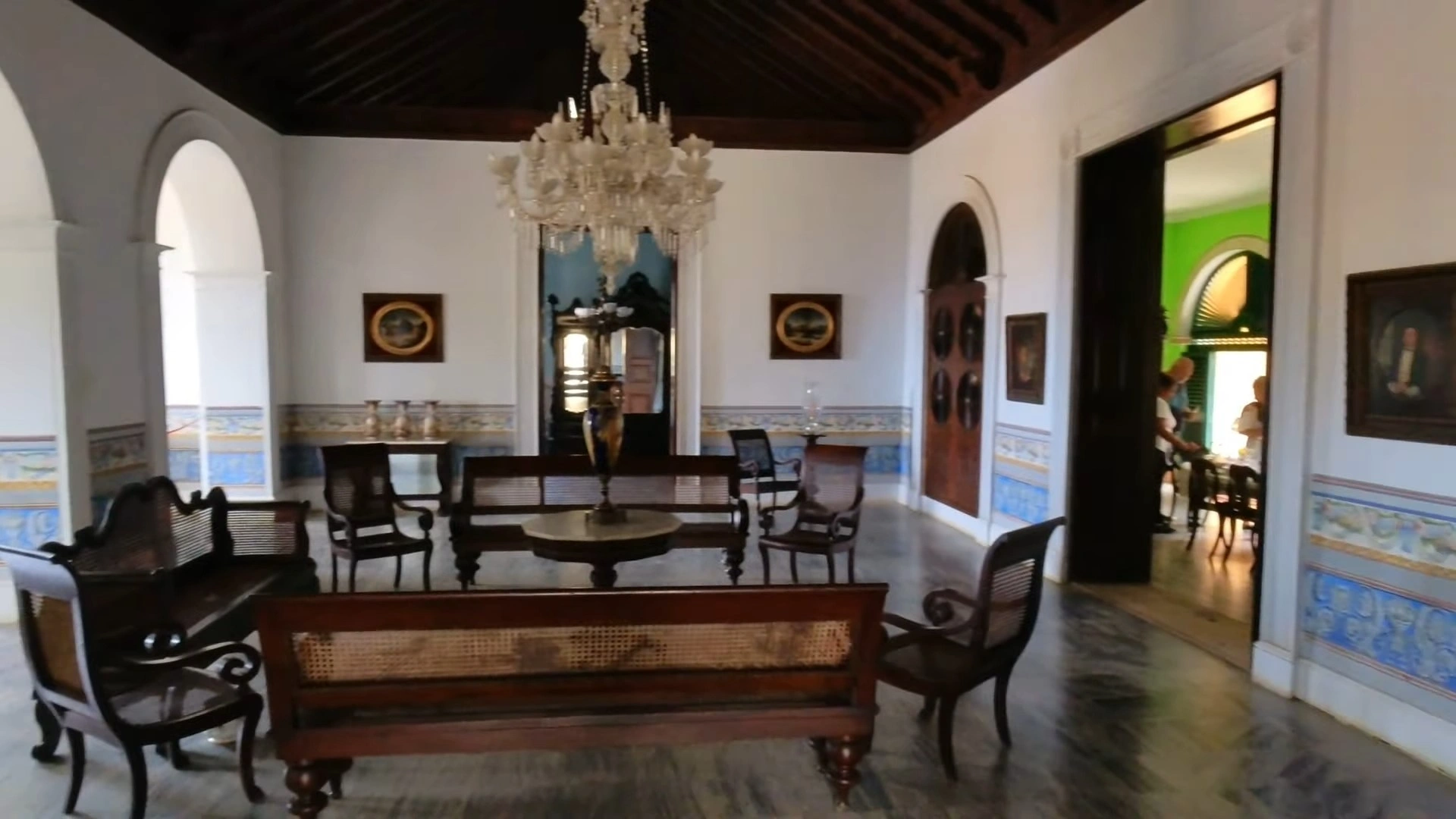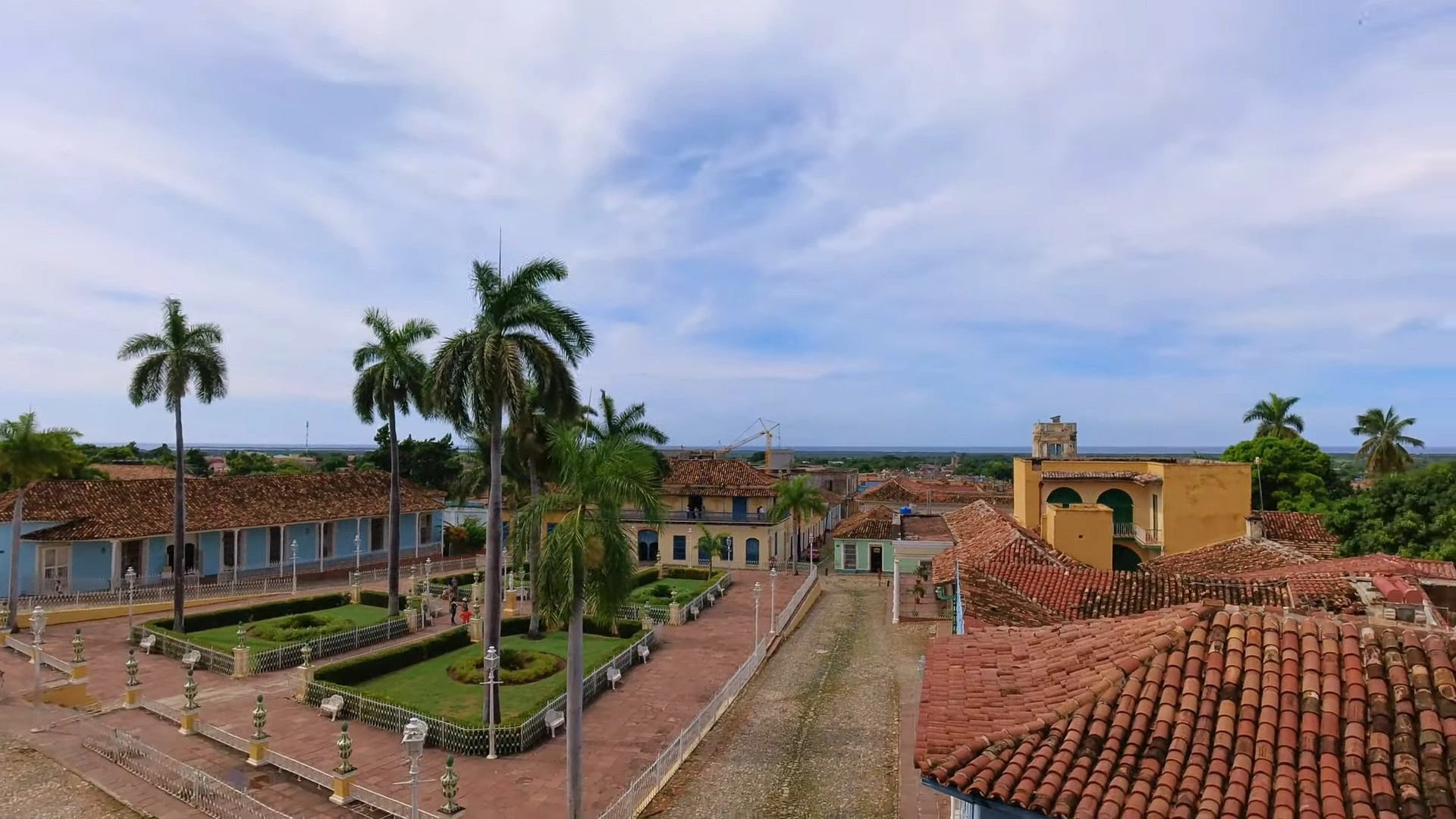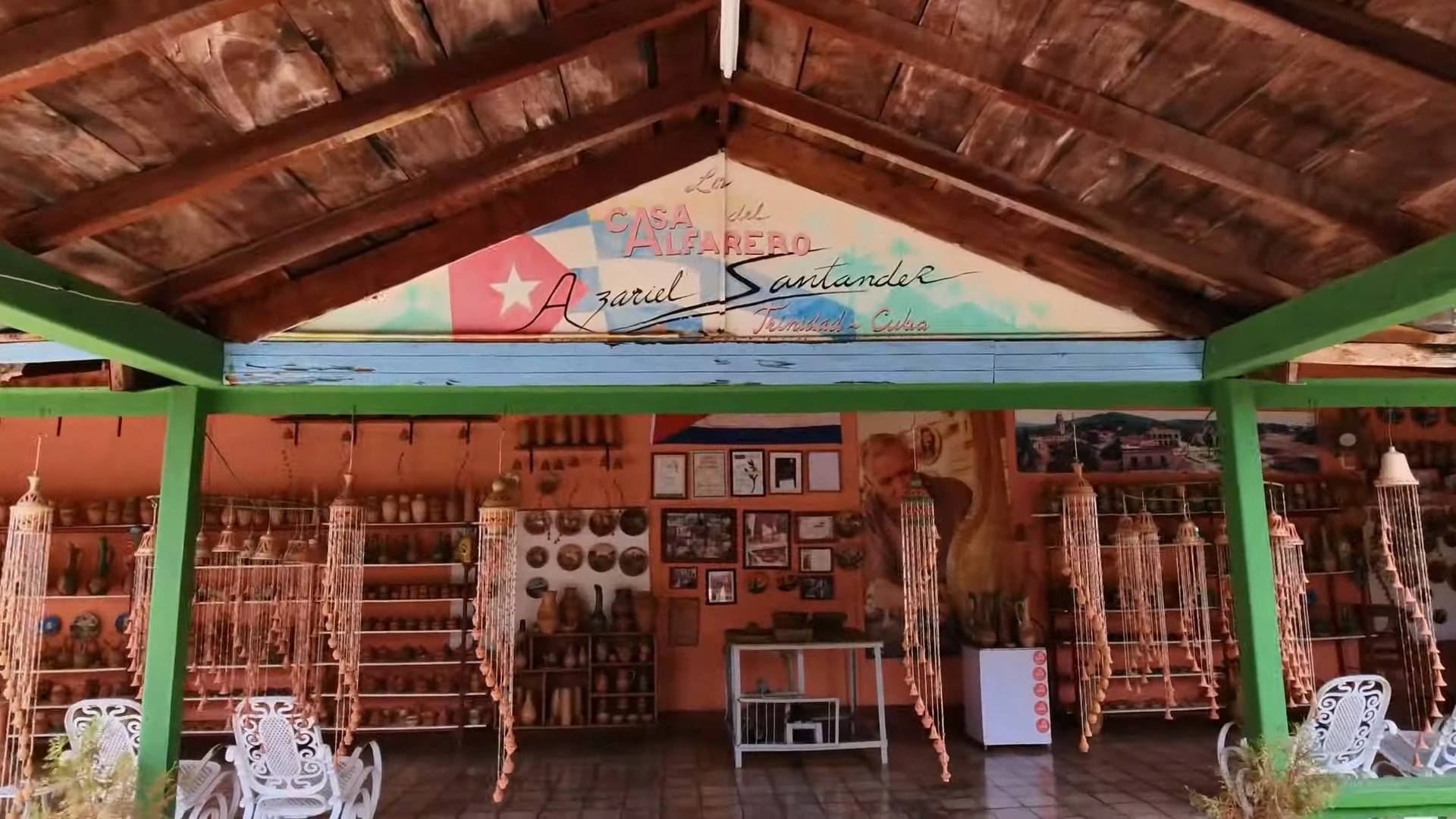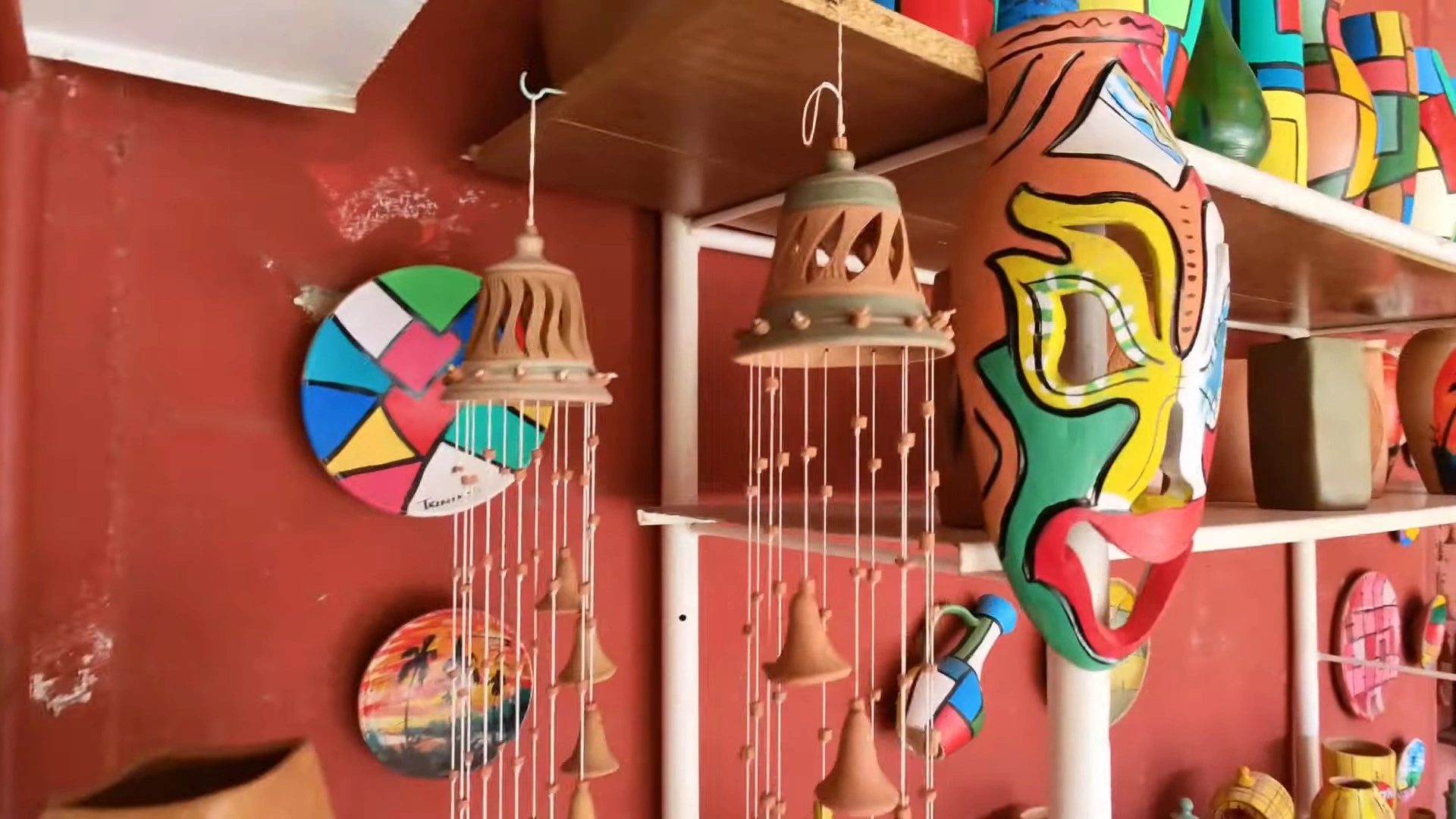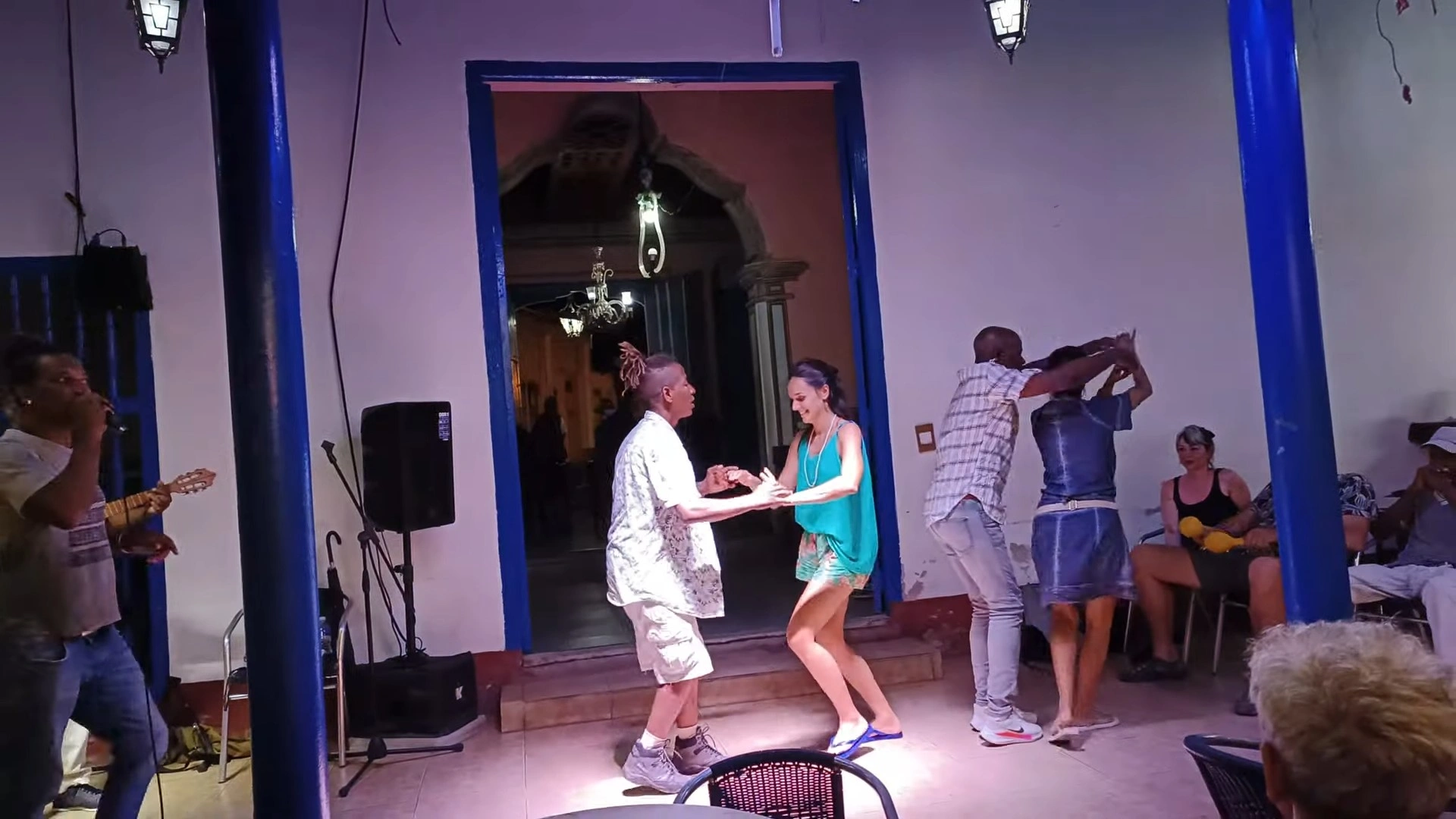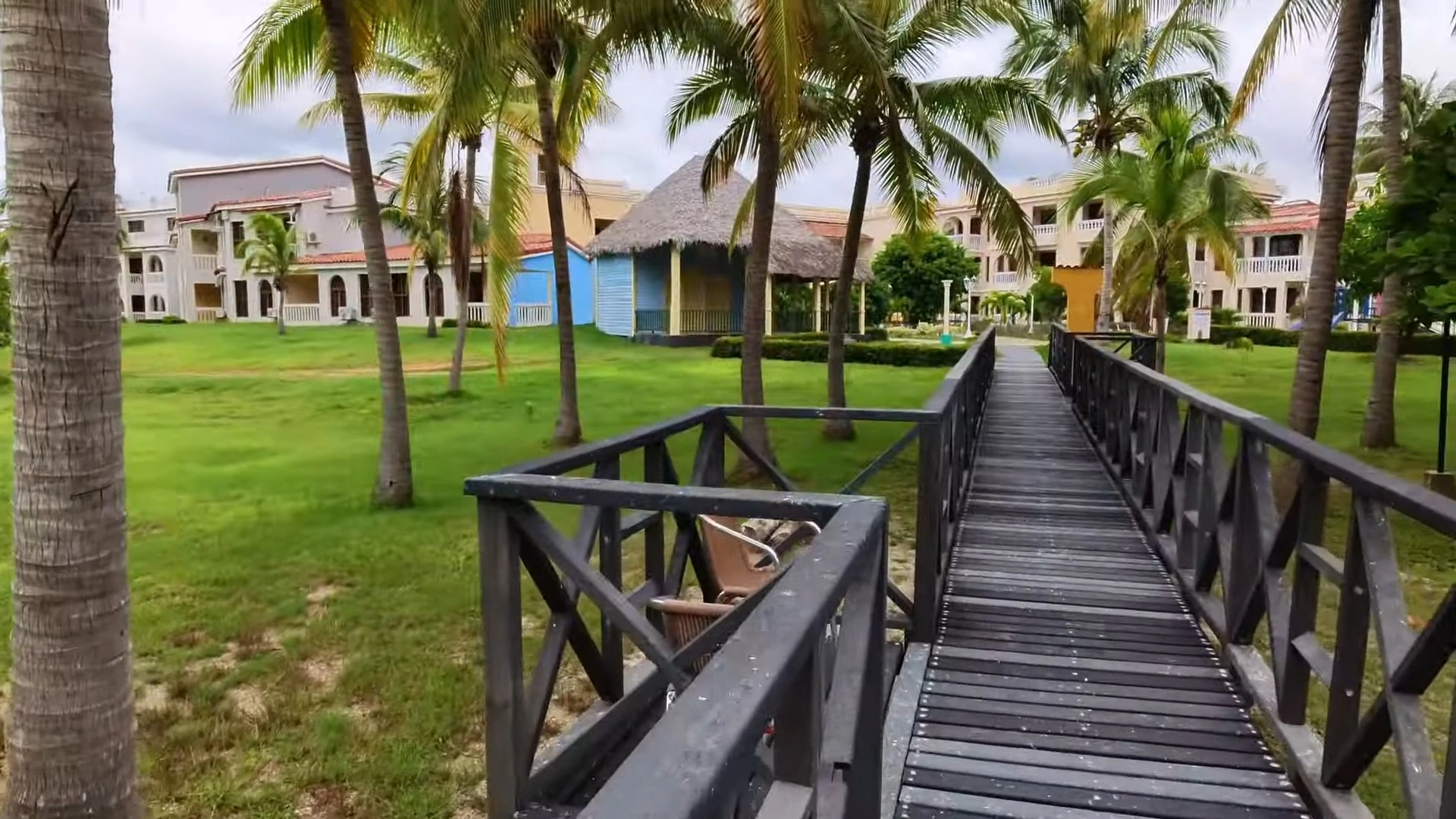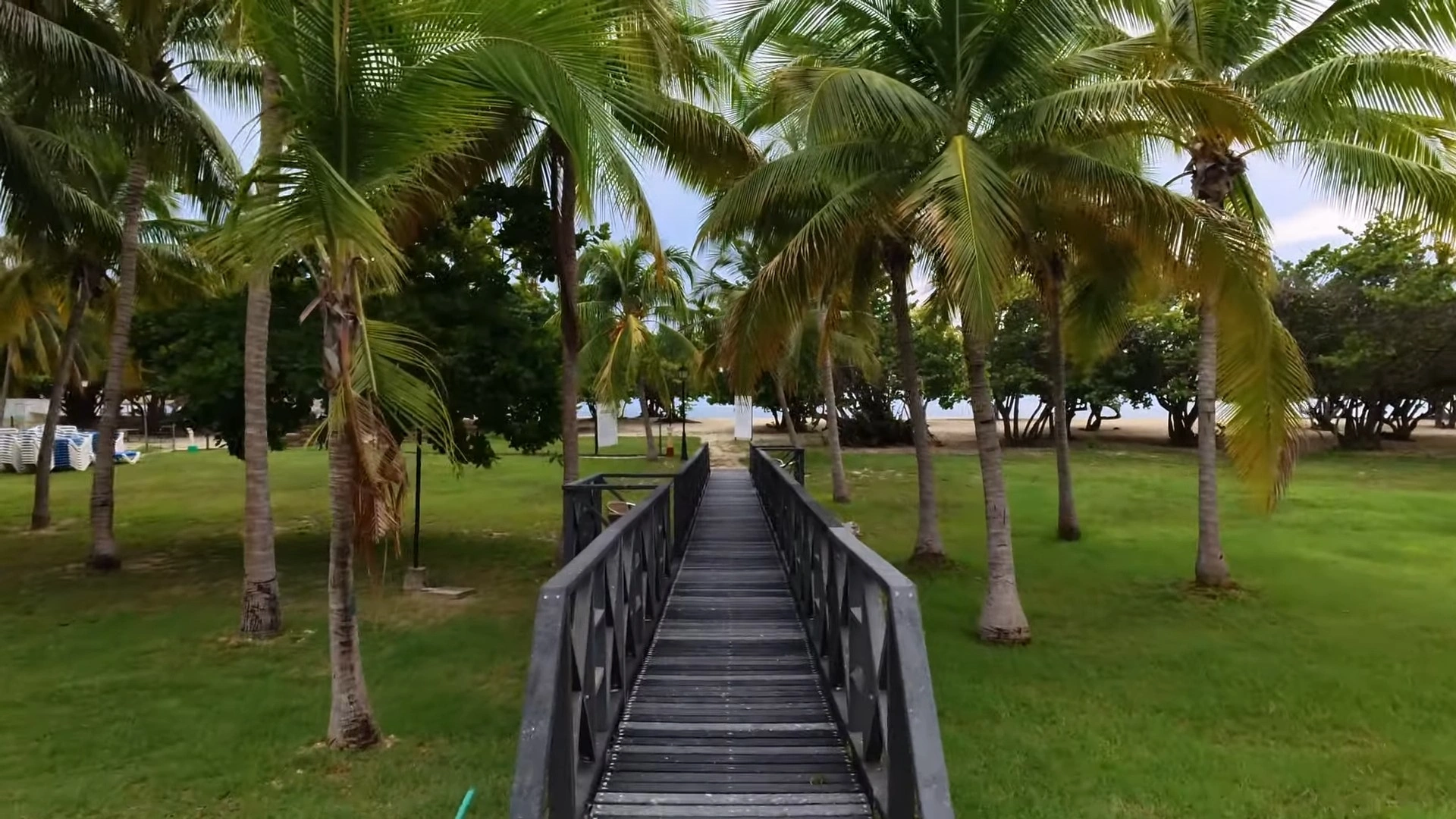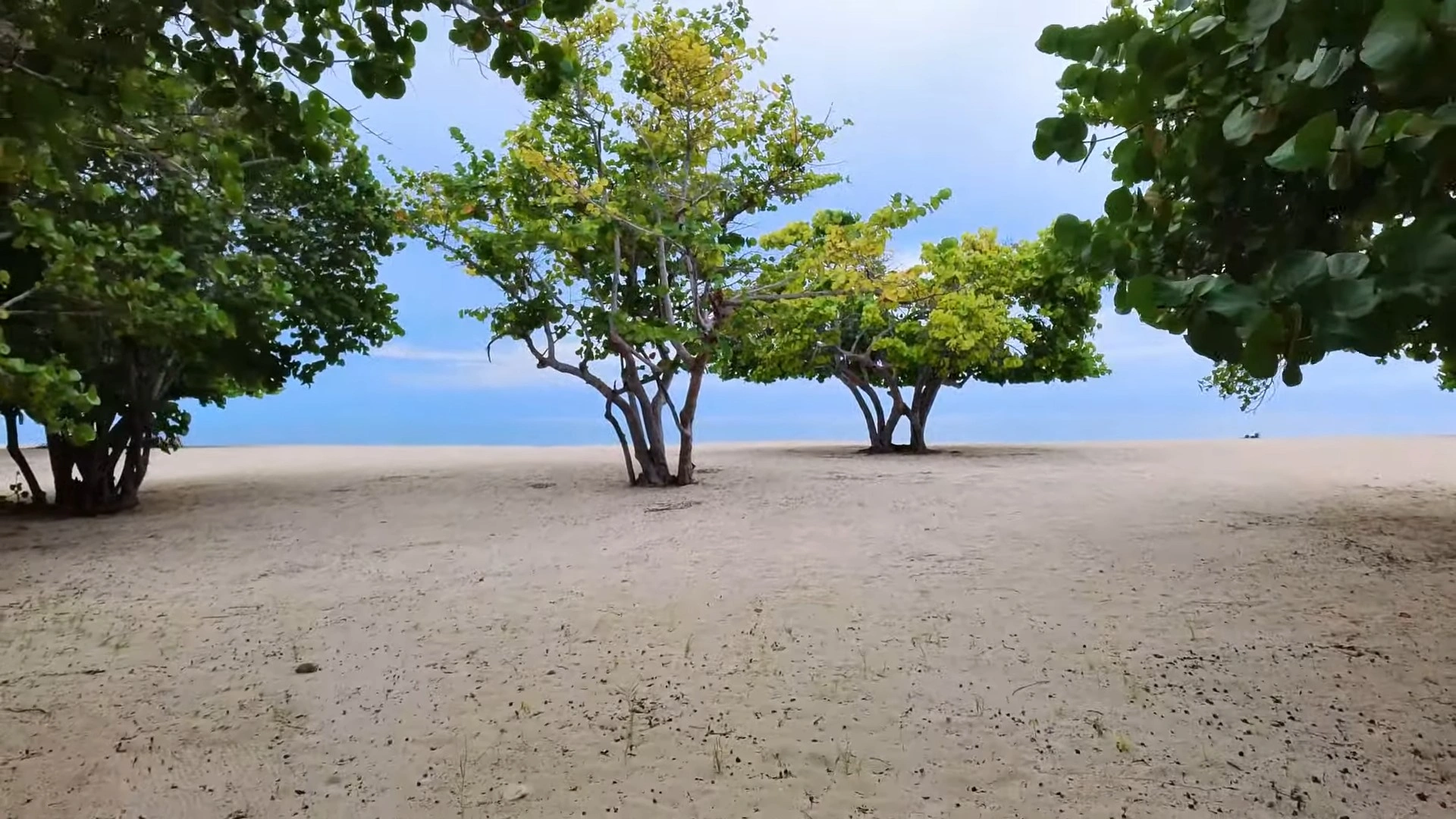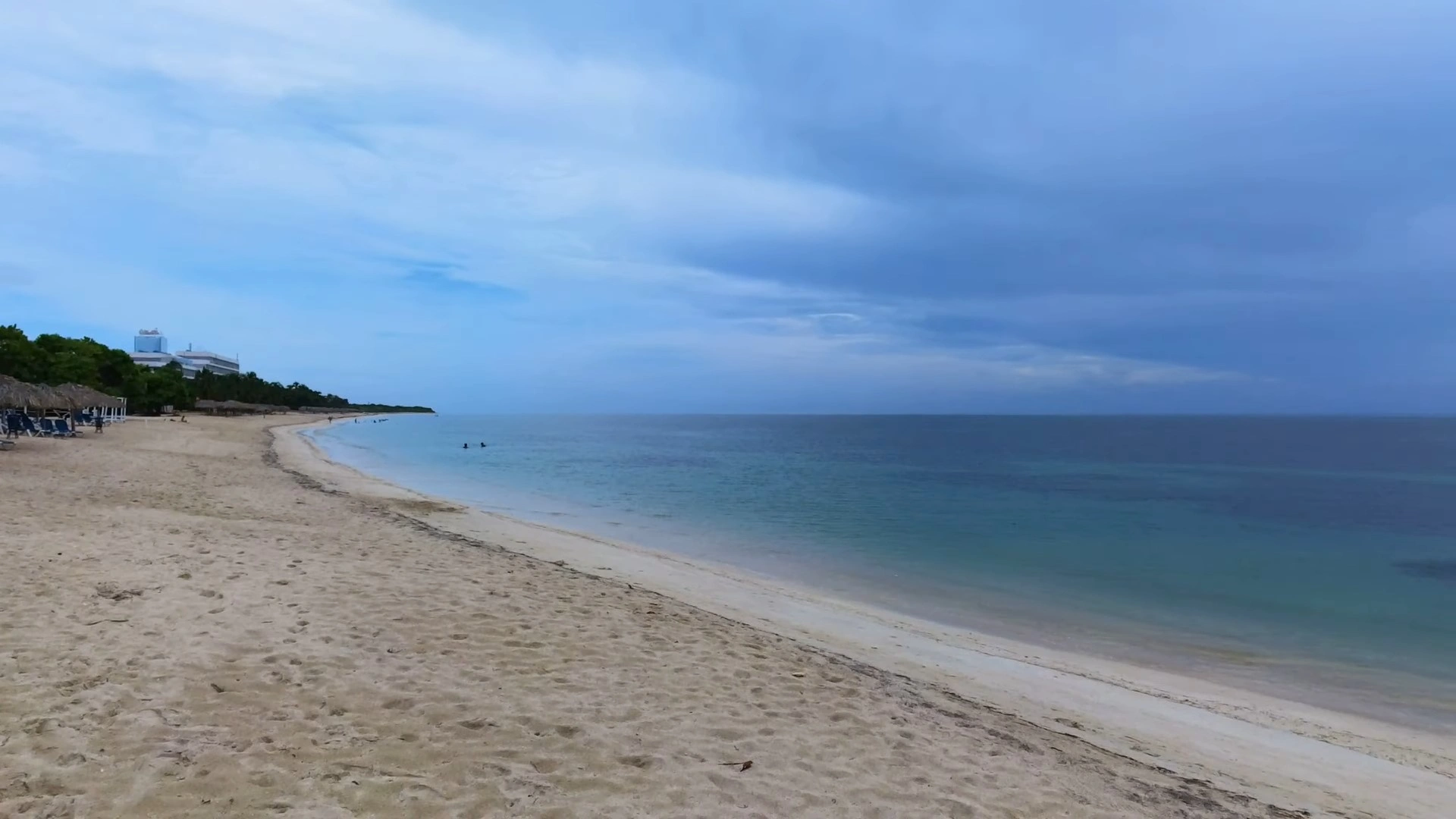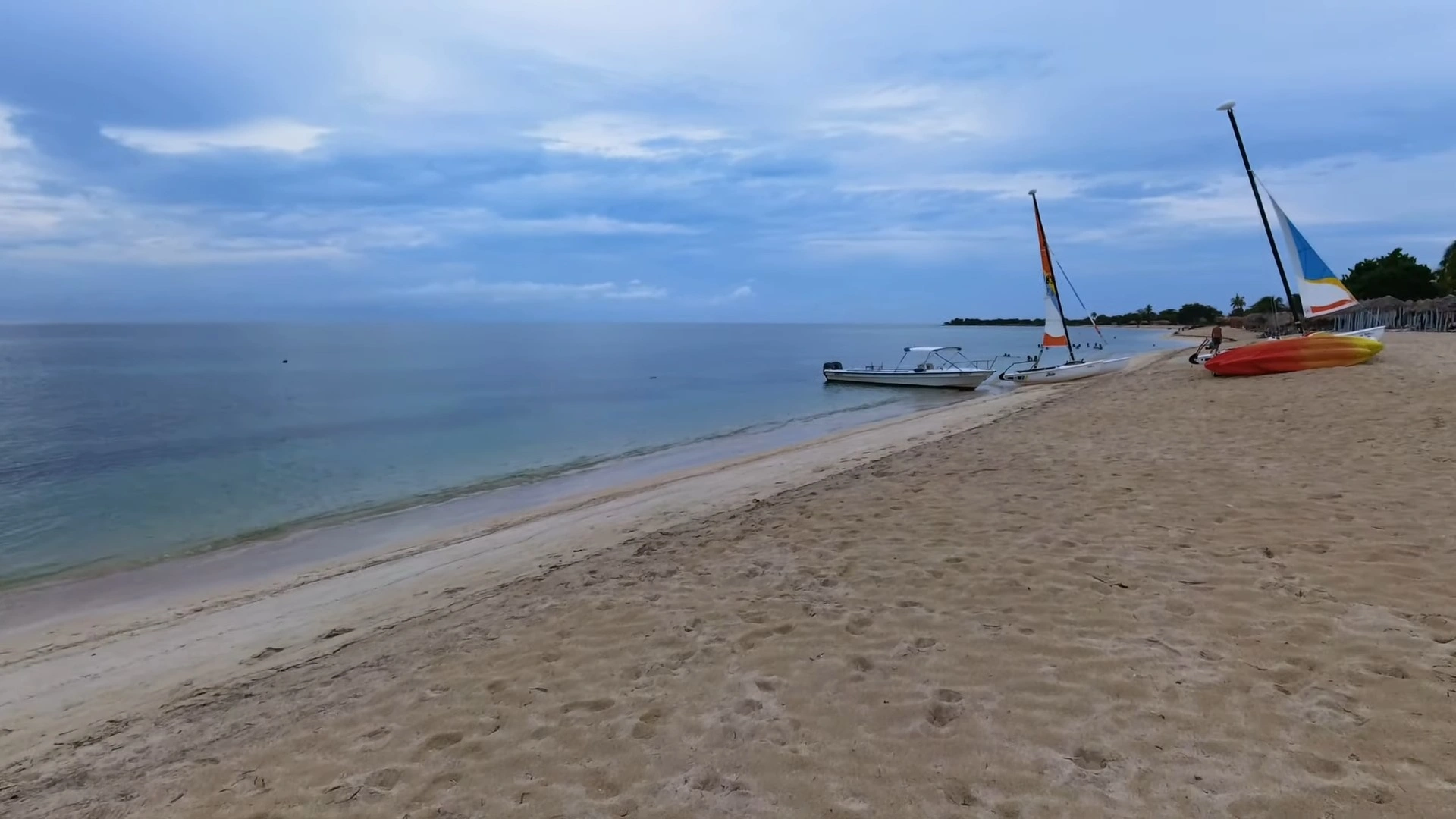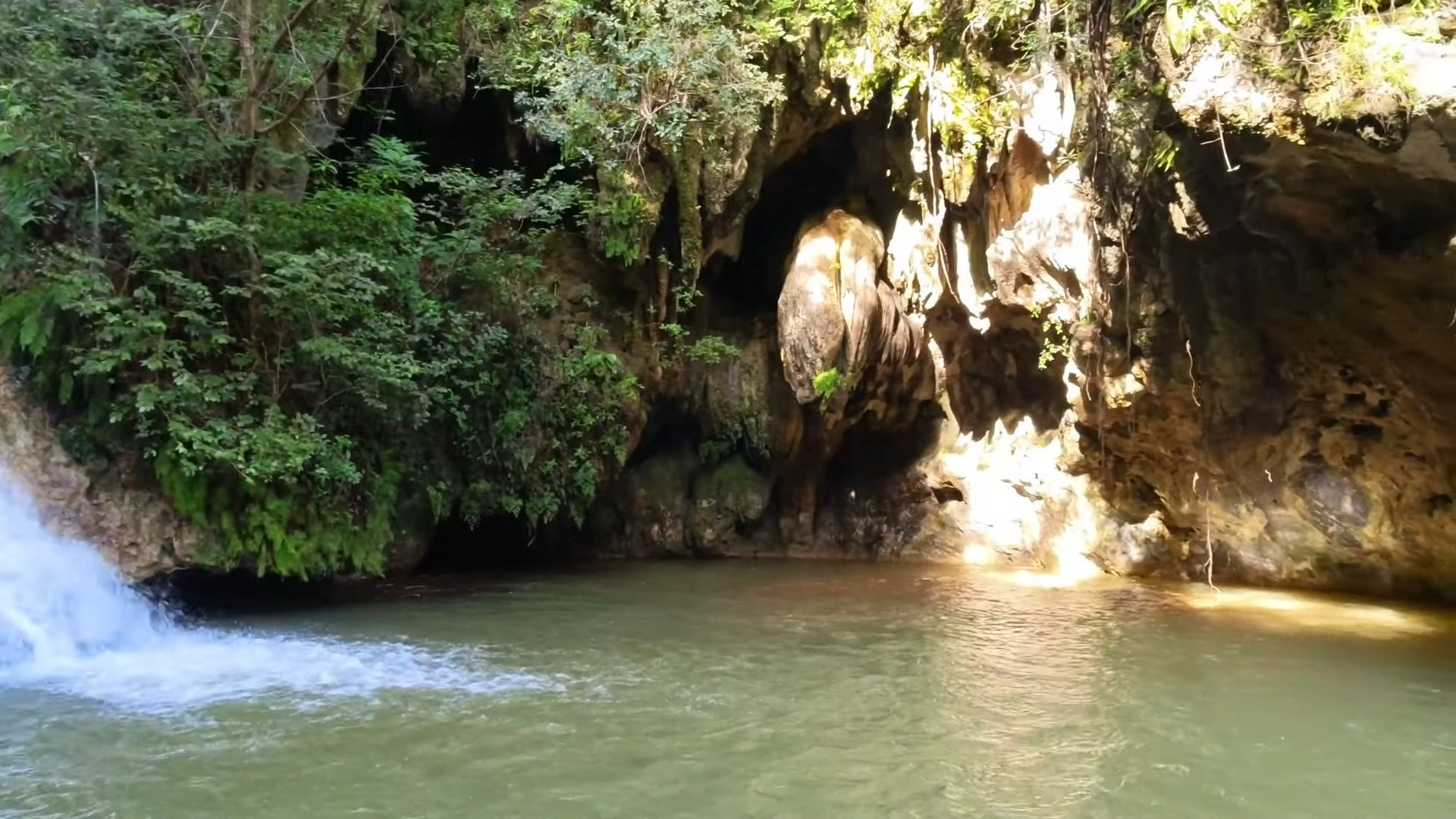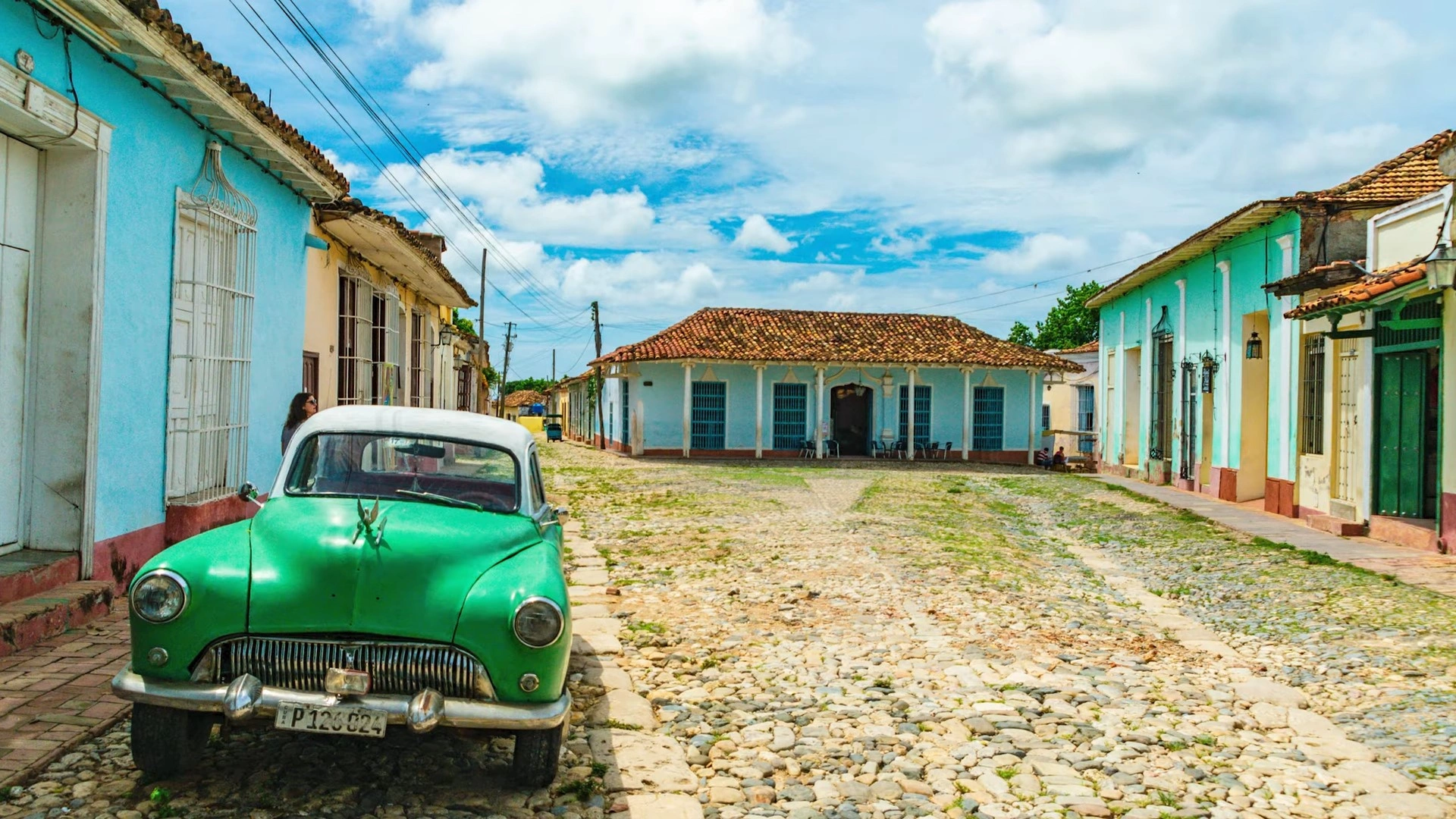Arranged on the southern shoreline of Cuba, Trinidad is a picturesque colonial town that has figured out how to hold on to its old-world charm and beauty. Venturing into Trinidad resembles making a stride back in time, with its cobblestone streets, pastel-shaded buildings, and historic architecture. The town was established in the early sixteenth century and was declared a UNESCO World Heritage Site in 1988, assisting with protecting its extraordinary cultural and historical worth.
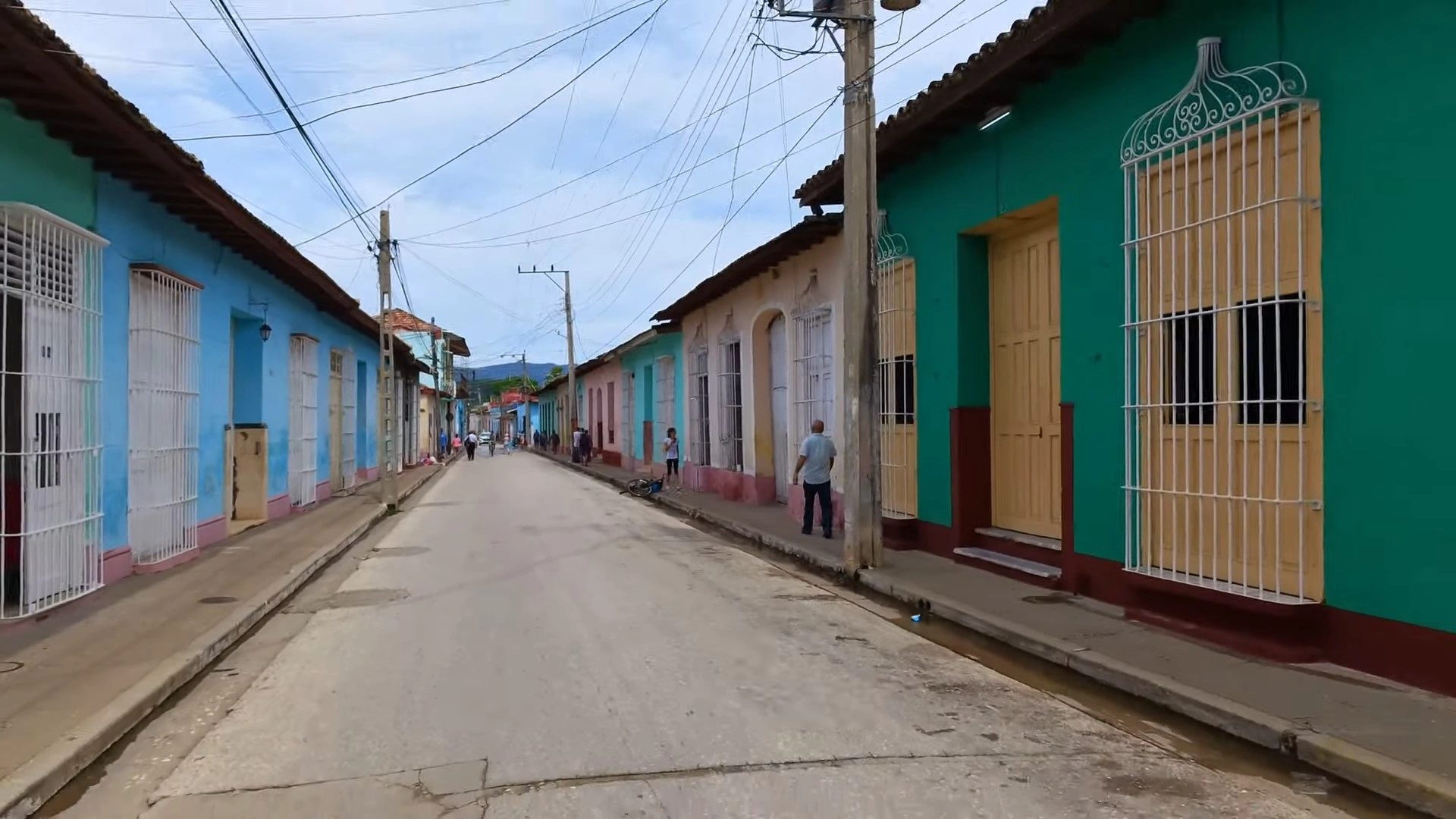
Prologue to Trinidad:
Find the charming colonial town nestled in the Cuban countryside.
Nestled in the picturesque Cuban countryside lies the charming colonial town of Trinidad. Known for its very well-guarded architecture, cobblestone streets, and colourful buildings, Trinidad is a must-visit destination for anyone hoping to step back in time and experience the rich history of Cuba.
Established in 1514 by Spanish conqueror Diego Velázquez de Cuéllar, Trinidad quickly became quite possibly the most well-off city in the Caribbean because of its thriving sugar industry. The town’s prosperity is obvious in its dazzling architecture, which showcases a blend of Spanish colonial and Afro-Cuban influences. Strolling through the streets of Trinidad resembles making a stride back in time, with many of the buildings tracing all the way back to the eighteenth and nineteenth centuries.
One of the features of Trinidad is the Plaza Mayor, the historic focus of the town. Encircled by pastel-hued buildings and concealed by towering royal palms, the Plaza Mayor is the ideal spot to pause for a moment and absorb the vibrant environment of Trinidad. Here, you’ll track down the staggering Iglesia Parroquial de la Santísima Trinidad, a neoclassical church that traces all the way back to the nineteenth century.
In addition to its design beauty, Trinidad is also known for its vibrant cultural scene. The town is home to various museums, galleries, and music scenes that showcase Cuba’s rich heritage. Quite possibly one of the most popular historical centres in Trinidad is the Museo Romántico, a beautifully saved chateau that offers a glimpse into the existences of the wealthy families who once called the town home.
For those hoping to investigate Trinidad’s regular beauty, the nearby Valle de los Ingenios is a must-visit destination. This rich valley was once home to nearly 50 sugar factories and plantations, and today it offers visitors the opportunity to investigate the ruins of these historic sites. Climbing, horseback riding, and birdwatching are popular exercises in the Valle de los Ingenios, making it the ideal spot for nature sweethearts.
Trinidad is likewise an extraordinary base for investigating the encompassing region, including the nearby mountains of the Sierra del Escambray and the shocking beaches of the Caribbean coast. Whether you’re keen on climbing, swimming, or simply relaxing on the oceanfront, Trinidad offers something for everyone.
Notwithstanding its normal beauty and cultural attractions, Trinidad is likewise known for its warm and inviting individuals. The town’s occupants are known for their hospitality and benevolence, and visitors will end up being greeted wholeheartedly any place they go.
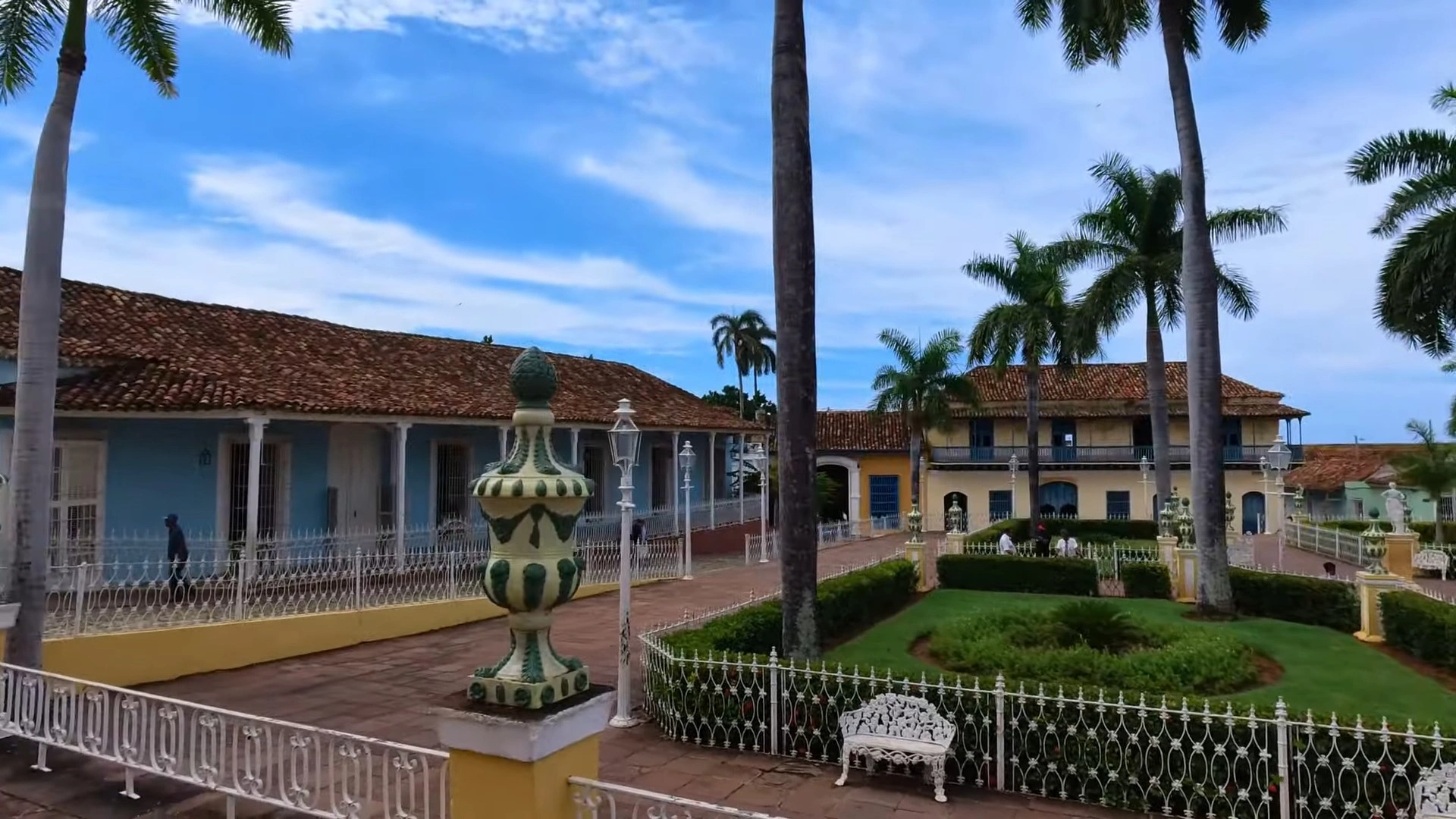
Investigating the colourful architecture:
Find out about the history behind the vibrant buildings in the UNESCO World Heritage Site.
Trinidad, Cuba, is a picturesque town that is prestigious for its colourful architecture. As you stroll through the cobblestone streets, you’ll be encircled by charming buildings painted in a rainbow of colors. Each construction recounts a story, mirroring the town’s rich history and cultural heritage.
Trinidad’s vibrant buildings are not simply eye-catching; they likewise act as a window into the past. Many of the town’s building gems date back to the eighteenth and nineteenth centuries, when Trinidad was a bustling sugar-delivering centre point. The town’s prosperity during this time is apparent in the great houses and palaces that line its streets.
One of the most notorious instances of Trinidad’s colourful architecture is the Palacio Cantero, a shocking neoclassical house that once had a place for a wealthy sugar noble. Today, the palace fills in as a historical centre, offering visitors a glimpse into the rich lifestyle of Trinidad’s first class during the colonial period. The Palacio Cantero’s exquisite façade and lavish interior design are a demonstration of the town’s prosperous past.
As you keep on investigating Trinidad’s streets, you’ll go over various other structural gems, each with its own interesting story to tell. The San Francisco de Asis Community, with its striking yellow façade and red-tiled rooftop, is a great representation of the town’s Spanish colonial heritage. The community’s peaceful orders and very well-guarded frescoes offer a tranquil retreat from the bustling streets outside.
Another priority engineering jewel in Trinidad is the Plaza Mayor, the town’s fundamental square and an ideal illustration of Spanish colonial metropolitan planning. Flanked by colourful buildings and fixed with shady palms, the Plaza Mayor is the heart of Trinidad, where locals and tourists alike assemble to absorb the town’s lively air. The square is likewise home to the Iglesia Parroquial de la Santisima Trinidad, a charming church with a striking ringer tower that offers panoramic views of the town.
Trinidad’s colourful architecture isn’t restricted to its historic buildings; even its humblest homes are painted in splendid shades that mirror the town’s vibrant soul. Strolling through the private neighbourhoods, you’ll see happy pastel houses and brightly painted entryways that add a bit of whimsy to the town’s streets.
The UNESCO World Heritage assignment of Trinidad’s historic focus reflects the town’s remarkable design and cultural heritage. To truly see the value in the beauty of Trinidad’s colourful architecture, take a guided strolling tour or simply meander the streets at your own speed, taking in the sights and hints of this charming town.
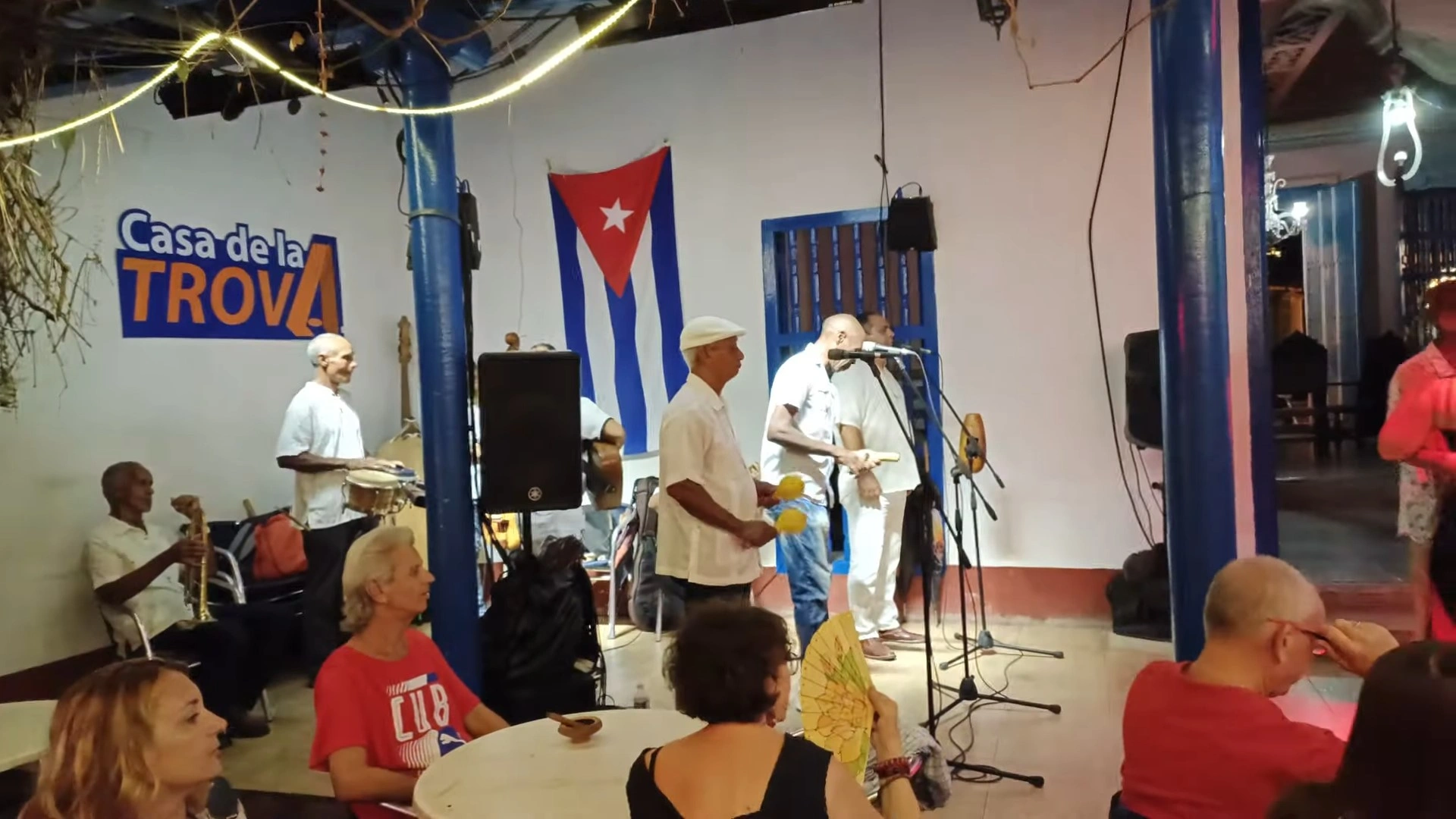
Cultural experiences:
Plunge into the local traditions, music, and cuisine that make Trinidad a remarkable destination.
While visiting Trinidad, Cuba, one of the most enriching experiences you can have is immersing yourself in the local culture. From the vibrant music scene to the delectable cuisine, Trinidad offers an interesting mix of traditions that make it a must-visit destination for any traveller.
One of the primary things you’ll see while investigating Trinidad is the lively air made by the local musicians dispersed all through the streets. Traditional Cuban music, like child and salsa, consumes the space, welcoming you to sway to the rhythm and maybe even jump into an unconstrained dance floor with the locals. The Casa de la Musica is a popular spot for live exhibitions, where capable musicians showcase their abilities and give a truly authentic Cuban experience that you will probably remember forever.
For those hoping to dive further into the music scene, Trinidad offers a variety of chances to find out about the island’s rich musical history. You can visit the Casa de la Trova, a cultural focus that celebrates traditional Cuban music and has live exhibitions by local artists. The exhibition hall likewise houses an assortment of instruments and memorabilia that offer knowledge of the cultural meaning of music in Cuba.
Notwithstanding its vibrant music scene, Trinidad is additionally known for its delicious cuisine. Cuban cuisine is an extraordinary mix of Spanish, African, and Caribbean influences, bringing about a different array of flavours and dishes that are certain to tantalise your taste buds. From delicious simmered pork and hearty black beans to refreshing mojitos and sweet flan, there is no deficiency of culinary pleasures to test during your stay in Trinidad.
One of the most incredible ways to encounter Trinidad’s food culture is by eating at a local paladar, a family-run eatery that serves homestyle Cuban dishes. These cosy diners offer a more authentic feasting experience than larger restaurants and permit you to interact with the local community while enjoying traditional Cuban flavors. Make certain to try ropa vieja, a savoury destroyed meat stew, and tostones, broiled plantains, for a genuine taste of Cuba’s culinary heritage.
For those keen on diving more deeply into Trinidad’s culinary traditions, consider taking a cooking class led by a local gourmet specialist. You’ll have the opportunity to visit a bustling market to choose fresh ingredients and, afterward, figure out how to plan classic Cuban dishes without any preparation. This involved experience won’t only extend your appreciation for Cuban cuisine, but it will also give you significant abilities that you can carry back home with you.
Conclusion
Trinidad, Cuba, offers a captivating blend of colonial charm, vibrant culture, and rich history. As a UNESCO World Heritage Site, it preserves its unique architectural beauty and cultural heritage, making it a must-visit destination for travelers. From exploring the colorful streets and historic buildings to immersing yourself in local music and cuisine, Trinidad promises an unforgettable experience. Whether you’re strolling through the picturesque Plaza Mayor, learning about the town’s sugar industry history in Valle de los Ingenios, or enjoying the hospitality of its residents, Trinidad invites you to step back in time and enjoy the essence of Cuba. Plan your visit to this charming town and discover why it remains one of the Caribbean’s most treasured destinations.
FAQs
What makes Trinidad, Cuba, a UNESCO World Heritage Site?
Trinidad is recognized for its well-preserved colonial architecture, vibrant culture, and historical significance in the sugar industry.
What are the top attractions to visit in Trinidad, Cuba?
Must-see spots include Plaza Mayor, Iglesia Parroquial de la Santísima Trinidad, Palacio Cantero, and the Valle de los Ingenios.
What cultural experiences can I enjoy in Trinidad?
Enjoy live music at Casa de la Musica, explore local museums, and savor traditional Cuban cuisine at family-run paladars.
What outdoor activities are available near Trinidad?
You can hike in the Sierra del Escambray mountains, explore the ruins of sugar plantations in Valle de los Ingenios, or relax on the beaches of the Caribbean coast.
How can I best experience Trinidad’s local cuisine?
Dine at local paladars, try traditional dishes like ropa vieja and tostones, and consider taking a cooking class with a local chef.




